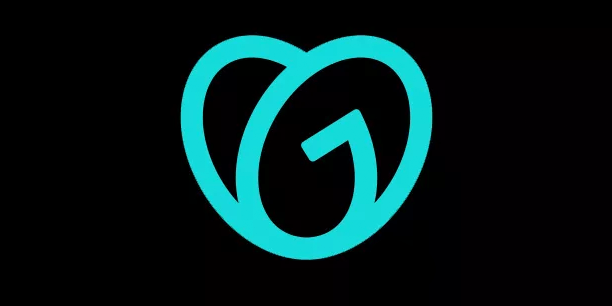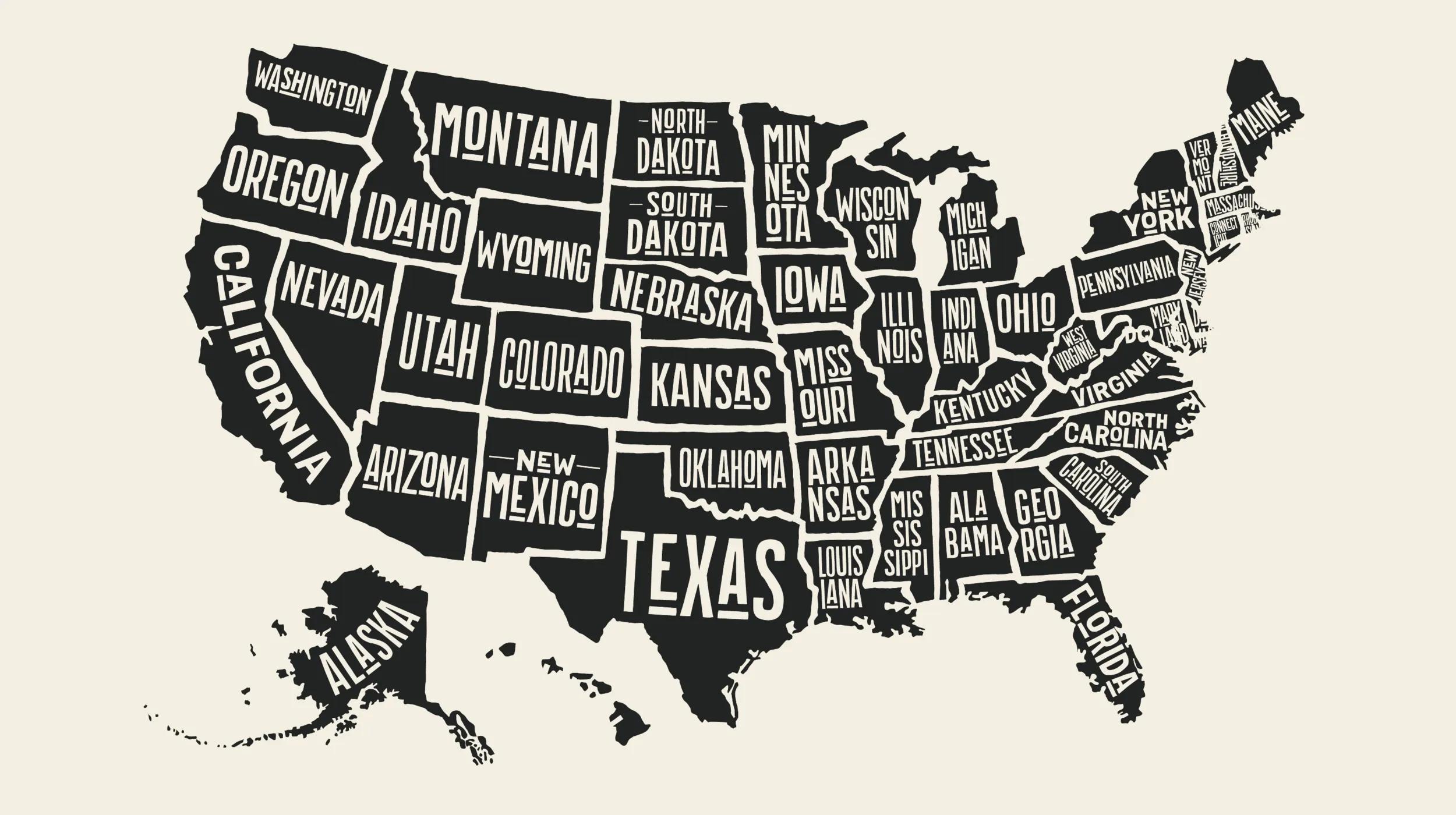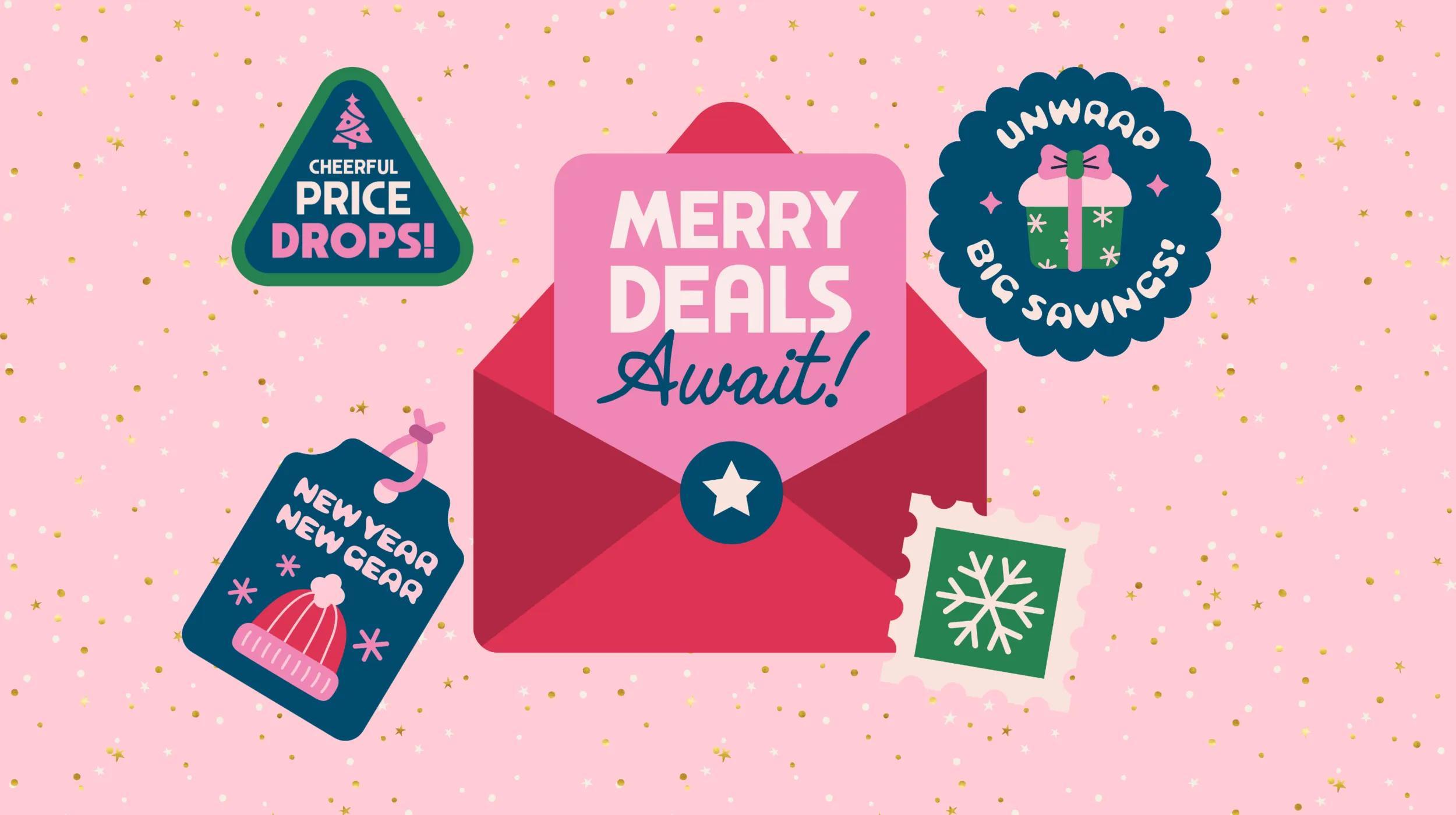In recent years, YouTube has grown far beyond its roots as an entertainment hub and is now one of the most influential sales platforms in the world. With over 2.53 billion users reachable through YouTube ads as of January 2025, the platform offers access to a truly global audience. And with all that success, you might be wondering about selling on YouTube yourself.
Ready to grab your corner of the market? Let’s explore how to sell on YouTube, so you can turn your channel into a steady source of revenue.
Why YouTube is the ultimate selling platform in 2025
YouTube has evolved into a full-scale marketplace where content, community, and commerce meet. Products can be showcased in action, trust can be built through authentic storytelling, and sales can happen in the same space where audiences already spend their time.
Video shopping gives viewers the chance to buy directly from livestreams and tutorials, creating a seamless experience from demo to checkout. Influencer collaborations are driving powerful results as creators tap into their credibility to promote products—think MrBeast launching his Feastables brand through YouTube videos or Emma Chamberlain linking her coffee brand in lifestyle content. And with shoppable content embedded into videos and shorts, the path from discovery to purchase is shorter than ever.
What you need before you start selling on YouTube
Before you begin selling on YouTube, it’s important to set yourself up for success. Think of this as your pre-launch checklist: a mix of strategy, setup, and compliance that ensures your channel is ready to generate sales.
Setting up a business YouTube channel
Your channel is your storefront, so it needs to look professional. Create a dedicated business channel and brand it with a logo, banner image, and clear description. To do this:
- Create a Google Account for your business if you don’t already have one. This separates your business activity from your personal account.
- Go to YouTube and click on your profile icon, then choose “Create a channel.” Select “Use a business or other name.”
- Enter your brand name and customize your channel with a logo, banner image, and about section that explains what you sell.
- Turn on advanced features under channel settings to unlock tools like live streaming and analytics.
- Verify your channel by linking a phone number. This is required for many monetization and shopping features.
Creating a landing page or online store
YouTube Shopping works best when you link your channel to a product source, like a landing page or online store. If you already have an online store, link it to YouTube through approved platforms. If you’re not ready for a full store, a simple Link in Bio page can connect viewers to multiple product links in one place.
Related: Why small businesses need websites
Essential tools, software, and resources
Equip yourself with the right tools to make selling easier. Video editing software, e-commerce integrations, and payment processors all help. GoDaddy offers guides to help you get more from your content, like how to increase sales through video. You may also need solutions for inventory tracking or customer service as your channel grows.
Legal essentials: licenses, tax, and compliance
Like any business venture, selling on YouTube comes with legal requirements. Make sure you have the right licenses, collect sales tax where required, and stay compliant with regulations like PCI compliance if you’re handling payments online.
Confirm eligibility and requirements
YouTube has specific rules for who can sell through its platform. Double-check that you meet the basics:
- YouTube Partner Program: In many regions, you need to be a partner to access advanced monetization and shopping features.
- Minimum subscribers: Some features may require 1,000+ subscribers.
- Geographic restrictions: Not all YouTube Shopping tools are available in every country.
- Policy compliance: Your channel must follow YouTube’s monetization and community guidelines.
How to choose and position the right products
To be a successful seller on YouTube, you have to offer the right products in the right way. This requires a combination of research, brand alignment, and adaptability.
Researching best-selling products on YouTube
Research what’s driving interest on the platform. Use YouTube’s categories (gaming, music, etc.) to see which products are performing well in your space. Dive into your own YouTube Studio analytics and the Inspiration tab to identify the content topics and products that resonate most with your viewers. You can also scan Shorts and feeds to spot products that are gaining traction.
Aligning products with your brand and audience
Not every trending product will make sense for your channel. Choose items that fit naturally with your brand identity and the needs of your viewers. For example, a fitness channel might sell resistance bands or workout apparel, while a gaming channel could focus on merch or accessories. The goal is to create a connection between your content and your product line.
Leveraging trends and seasonal opportunities
Consumer interests shift quickly, and YouTube amplifies those changes. Limited-time product drops around holidays, collaborations tied to viral topics, or quick responses to challenges can all boost visibility and sales. Staying agile with your product strategy helps you capitalize on seasonal peaks and keeps your channel relevant year-round.
Mastering YouTube’s ecommerce ecosystem
YouTube has built a complete toolkit to help you sell directly on the platform. Below is a guide to using them.
In-depth guide to YouTube Shopping and Merch Shelf
YouTube Shopping allows you to connect your product catalog and feature items directly in your videos, Shorts, and livestreams. Once active, you’ll also unlock the Merch Shelf, a product display that appears under your videos or on your channel homepage. Here’s how to set it up:
- Open YouTube Studio → Earn → Shopping.
- Click Get Started and follow the prompts.
- Connect your store or product feed.
- Choose which products to feature and where you want them to appear.
- Use the customization settings in Studio to adjust the order of products or hide items.
Connect your shop to YouTube
Next, connect your online shop to your channel:
- In Studio → Earn → Shopping, choose Connect New Store.
- Link your catalog and let YouTube review your items.
- Confirm that your products are available in the correct regions so viewers see accurate shipping and pricing information.
Add links to video descriptions
Video descriptions are one of the simplest ways to drive sales. All you have to do is:
- Place your main product link at the very top so it’s immediately visible.
- Use full “https://” links, since that’s what makes them clickable.
- Add a short call to action that encourages viewers to explore the product.
For more tips on structuring video sales, check out this guide to video marketing.
Use interactive cards
Cards appear as a small pop-up in the corner of your video, prompting viewers to click and learn more without leaving the experience. You can add up to five cards per video, so be strategic about how you incorporate them. To add cards:
- Open YouTube Studio and go to Content.
- Select the video you want to edit, then click Editor from the left-hand menu.
- In the timeline, choose the spot where you want the card to appear.
- Click Info Cards and select the type of card you’d like to add. To highlight a product, choose the Link option.
- Enter the product link or approved shop link, add a title and call-to-action, then save your changes.
Create shopping collections
YouTube shopping collections group related products into themes like “Holiday Picks” or “Starter Bundles.” This makes browsing easier for viewers and helps you promote products in an organized way. To set them up in YouTube Studio:
- Go to Earn → Shopping → Create collection.
- Add a cover image, title, and description.
- Select your products and publish.
Integrating third-party ecommerce platforms
YouTube lets you connect approved ecommerce platforms so your catalog syncs directly to your channel. Your product details will automatically appear in your content. Follow these steps:
- Go to YouTube Studio → Earn → Shopping.
- Select Connect New Store and choose from YouTube’s list of approved platforms.
- Sign in to your store account and grant permission for YouTube to access your product feed.
- YouTube will review your catalog for compliance before making products available.
Automating inventory and order management
YouTube doesn’t manage your inventory for you, but you can save time (and avoid overselling) by setting up automation with your connected store. Once your catalog is linked to YouTube, product details update automatically through your ecommerce platform. This keeps your store running smoothly while freeing you up to create more content.
Advanced marketing strategies for driving sales
Advanced marketing tactics can help you expand your reach, improve visibility, and turn more viewers into customers.
Utilize SEO techniques and optimize your videos
Think of your videos as searchable assets. The right optimization makes them easier to find and more likely to rank.
- Use keywords in your titles, descriptions, and tags that align with what your audience is searching for.
- Add transcripts or captions to improve accessibility and give YouTube more text to crawl.
- Design strong thumbnails with clear, readable text that encourages clicks.
- Organize playlists around product categories or themes to keep viewers engaged.
For more tips, read this guide to optimizing YouTube videos.
YouTube ads: targeting and retargeting
Advertising on YouTube provides access to advanced targeting tools. You can run skippable or non-skippable ads, bumper ads, or in-feed video ads, to reach the viewers most likely to convert. Here’s how to get started:
- Go to Google Ads → New Campaign and select Video.
- Define your audience.
- Set your budget and bid strategy, then upload creative that highlights your products.
- Monitor performance and adjust targeting or creative to improve ROI.
Collaborate with influencers and co-marketing
Influencers have built-in trust with their audiences, which makes their endorsements powerful. Look for creators in your niche whose content style aligns with your brand. Collaboration can take the form of sponsored mentions, product reviews, giveaways, or even co-branded collections. Keep partnerships authentic—audiences respond best when the collaboration feels natural.
Use analytics to refine your strategy
YouTube Studio offers detailed analytics that can inform your next steps. Use metrics like the following to double down on what’s working and adjust underperforming content.:
- Traffic sources (where viewers are finding your videos)
- Audience retention (where people drop off)
- Click-through rate (whether your thumbnails and titles are working)
- Revenue reports tied to product clicks and sales
Publish and promote
Publishing consistently helps you stay visible, but promotion extends your reach. Share videos across your email list, social channels, and website to drive traffic from multiple sources. For extra impact, repurpose your YouTube content into shorter clips or teasers for social media. Learn more about video marketing for social media here.
How to build your YouTube community and customer loyalty
Selling on YouTube is more effective when viewers feel like part of a community. Building customer loyalty takes time, but it pays off with more engaged fans who are eager to support your products and content.
Engage with your audience
Strong engagement begins with consistent interaction. Reply to comments, ask questions in your videos, and encourage viewers to share their thoughts. Use Community Posts in YouTube Studio to run polls, share quick updates, or post behind-the-scenes photos. These touchpoints help your audience feel connected and appreciated.
Offer memberships and exclusive content
Memberships create a sense of exclusivity and reward your most loyal fans. YouTube offers built-in membership features, and services like Patreon can also help you set up tiered rewards. Exclusive videos, early access to product drops, or special shoutouts are popular perks that give members a reason to invest in your channel.
Run giveaways and interactive events
Giveaways and live events bring energy to your community. Announce a contest in your video, outline simple entry rules, and reveal the winner in a follow-up livestream or post. Live Q&As and product demos are another way to involve your audience in real time; they let viewers ask questions and engage directly with you.
Use feedback for ongoing product improvement
Audience feedback provides valuable insights for shaping your channel and product lineup. Read through comment threads, ask for opinions in polls, and review responses to your interactive events. Look for patterns and make adjustments based on what your viewers want most. Small improvements show that you are listening and help strengthen trust over time.
Expanding beyond YouTube: multi-channel selling
Relying only on YouTube limits your reach. Viewers discover and shop across multiple platforms, so extending your presence helps you capture more attention and drive more sales.
Driving traffic from social media
Share your YouTube content and products on social platforms like Instagram, TikTok, and Facebook. Short teaser clips can spark curiosity and drive viewers back to your full videos, while product highlights or Reels can showcase items in bite-sized formats. Add links to your profiles, captions, or Stories so followers can shop with a single tap. For guidance on building a stronger presence, read these blogs about selling on Instagram and using social media for marketing.
Promote outside YouTube
Promote your channel and products through digital ads, email newsletters, and brand collaborations. Paid ads on search engines or social media can target specific customer segments, while email campaigns keep your existing audience engaged with new releases or promotions. Partnering with like-minded creators or businesses also exposes your products to new communities.
Cross-promoting with podcasts and blogs
Podcasts and blogs create opportunities to reach audiences who may not spend much time on YouTube. Guest appearances on podcasts allow you to share your expertise and mention your products naturally. Blogging about related topics not only builds credibility but also improves search engine visibility, which drives new viewers back to your videos. Linking YouTube content into blog posts strengthens both your SEO and your brand authority.
Measuring success and continuous improvement
Once your products are connected and your marketing is in motion, the next step is to track performance and refine your approach. Setting clear goals and regularly reviewing analytics helps you understand what’s working and what’s not.
Setting KPIs for YouTube sales
Key performance indicators (KPIs) give you benchmarks for tracking progress. The most useful for selling on YouTube are:
- Click-through rate (CTR): Measures how often viewers click on your video.
- Conversion rate: Tracks how many clicks on your product links turn into actual sales.
- Revenue: Helps you understand which videos are driving the most income.
- Subscriber growth: Shows how quickly you are building a community.
Choose KPIs that align with your goals. For example, a new seller might focus on subscriber growth, while an established store might prioritize revenue and conversion rates.
Using YouTube Analytics and external tools
YouTube Analytics gives you detailed insight into how viewers interact with your content. These reports show where your sales are coming from and which videos resonate most with your audience. If you want more data to work with, you can also use external tools to track things like cross-channel sales and the customer journey outside of YouTube’s platform. Analyzing this data can help you make better business decisions.
Overcoming challenges and future-proofing
Selling on YouTube comes with obstacles, but addressing them early helps you create a channel that lasts.
Follow passion, not trends
Chasing every viral moment might bring short-term views, but it’s hard to sustain without genuine interest. Focus on products and content you’re passionate about. Passion-driven work keeps your content consistent, builds trust with your audience, and helps you create a stronger brand identity over time.
Troubleshooting sales slumps
Even the best channels experience dips in performance. When sales slow down:
- Review your content: Check if videos still align with audience interests.
- Ask for feedback: Use polls, comments, or community posts to learn what viewers want next.
- Refresh promotions: Update product links, descriptions, and calls-to-action to re-engage buyers.
Looking at your analytics during these slumps often reveals patterns you can act on.
Navigating copyright and demonetization
Copyright strikes or demonetization issues can disrupt your sales flow. Avoid using copyrighted music or content you don’t own, and always check usage rights. If you run into demonetization, review the flagged video in YouTube Studio, make edits if necessary, and submit an appeal if you believe the decision is wrong.
Related: Understanding trademark symbols
Staying compliant with platform policies
YouTube policies change over time, and staying compliant is critical to keeping your channel monetized and in good standing. Make it a habit to review updates to community guidelines, monetization requirements, and advertising standards. A proactive approach keeps your channel protected and helps you focus on creating and selling.
Keys to success for selling on YouTube
Selling on YouTube opens the door to a massive audience, but success comes from more than uploading videos. With the right setup, consistent engagement, and a strategy for long-term growth, your channel can become both a community hub and a powerful sales engine.
Ready to take the next step? GoDaddy Airo makes it easier to launch and grow your business online. From building your website to managing your brand and creating content that connects, Airo gives you the tools to expand beyond YouTube and build a business that lasts.
Frequently asked questions
How many subscribers do I need to sell products on YouTube?
Most YouTube Shopping features require you to have at least 1,000 subscribers and 4,000 watch hours in the past year. However, requirements can vary, so check your eligibility through YouTube Studio.
Can I sell on YouTube without a website?
Yes, you can sell on YouTube without a website through YouTube Shopping and the Merch Shelf. However, a website or Link in the Bio page is still helpful for branding and giving customers another way to shop.
What are the best types of products to sell on YouTube?
The best products to sell on YouTube are the ones that match your niche, like makeup for beauty creators. Digital items like courses or e-books are also popular.
How do I handle payments and shipping for YouTube sales?
YouTube doesn’t manage payments or shipping. Your connected store handles checkout, fulfillment, and customer support.
How much does it cost to start a YouTube business?
Starting a YouTube business is free, but many creators invest in better equipment, editing tools, and sometimes ads or a website. Begin with what you have and scale as you grow.
How many views do you need to make $1,000 on YouTube?
Ad revenue varies, but it can take 100,000 to 500,000 views to reach $1,000. Product sales and sponsorships often help creators hit that number with fewer views.







